Product details
Blue Morpho butterfly in collector box
Insect taxidermy, also known as entomological taxidermy or insect mounting, is the art and science of preserving and mounting insect specimens for display or study. It has a long history, dating back centuries, and has evolved into a diverse and intricate craft. From the simple pinning of insects for display to the elaborate steampunk-inspired creations, insect taxidermy reflects both scientific precision and artistic creativity.
The practice of insect taxidermy serves several purposes. For scientists and researchers, properly preserved specimens are invaluable for studying insect anatomy, morphology, and taxonomy. Museums and educational institutions use insect mounts for educational displays and exhibits. Collectors and enthusiasts also engage in insect taxidermy as a hobby, appreciating the beauty and diversity of insects.
The process of insect taxidermy begins with collecting specimens. Insects can be collected using various methods, such as hand-picking, sweeping nets, or traps. It is essential to handle the specimens carefully to avoid damaging them. Once collected, the specimens are euthanized using methods that minimize suffering, such as freezing or ethyl acetate fumes .
After euthanasia, the next step is to prepare the specimen for preservation. This often involves relaxing the insect to make it easier to mount. Relaxation can be achieved by placing the specimen in a relaxing chamber with a humid environment or using relaxing fluids. Once relaxed, the specimen is carefully pinned to a mounting board. The position of the insect is crucial, as it determines how the specimen will be displayed. Pins are inserted through the insect’s body or wings, depending on the species and the desired pose. After pinning, the specimen is allowed to dry thoroughly. This process can take several days to weeks, depending on the size and species of the insect. During drying, the insect’s wings and legs can be adjusted to achieve the desired pose. Once dry, the specimen is mounted on a display board or in a display case. The mounting board is often labeled with information about the specimen, such as its scientific name, collection date, and location. Display cases can protect the specimens from dust, moisture, and pests while allowing them to be viewed.
In recent years, insect taxidermy has undergone a renaissance, with artists and enthusiasts exploring new and creative ways to display insects. One popular trend is steampunk insect taxidermy, which combines insects with mechanical elements such as gears, cogs, and clock parts. These steampunk creations are often whimsical and fantastical, blurring the lines between art and science.
Another trend in insect taxidermy is the use of alternative materials. Some artists use resin or other synthetic materials to preserve insects, creating durable and lifelike specimens. Others experiment with different mounting techniques, such as embedding insects in resin or creating three-dimensional dioramas.

“Taxidermy – Pink Winged Creature” by McLevn
In addition to its scientific and artistic aspects, insect taxidermy also plays a role in conservation and education. By preserving insect specimens, taxidermists contribute to the documentation of biodiversity, helping scientists and conservationists understand and protect insect populations. Insect taxidermy also plays a vital role in education and outreach. Museums and educational institutions often use insect mounts in exhibits and educational programs to teach people about the importance of insects in ecosystems and their role in pollination, decomposition, and food chains. Insect taxidermy can help foster a greater appreciation and understanding of insects, encouraging people to take action to protect them and their habitats.
One of the challenges of insect taxidermy is the delicate nature of insect specimens. Insects are prone to damage from handling, pests, and environmental factors. Taxidermists must take care to properly preserve specimens to ensure their longevity. This includes using the right materials and techniques for mounting and displaying insects and providing suitable storage conditions to prevent damage from pests and humidity. Another challenge of insect taxidermy is the ethical considerations involved in collecting specimens. While collecting insects for taxidermy can provide valuable scientific and educational benefits, it is essential to do so responsibly and ethically. This includes obtaining the necessary permits and permissions for collecting specimens and following guidelines to minimize the impact on insect populations and their habitats.
Despite these challenges, insect taxidermy remains a vibrant and evolving field. Advances in technology and materials have expanded the possibilities for insect mounts, allowing taxidermists to create more lifelike and durable specimens. The growing interest in insects and nature conservation has also fueled renewed interest in insect taxidermy, inspiring new generations of artists and enthusiasts to explore this ancient craft.
Prehistoric 101 (Learn about fossils, minerals, and meteorites)
Steampunk Bugs: An Unlikely Pairing
Bugs Bugs and more Bugs, The art of insect taxidermy







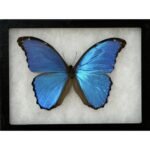
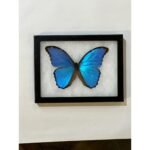
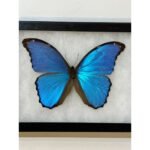
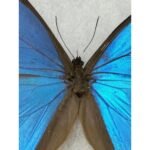
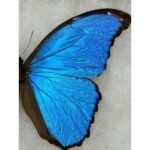
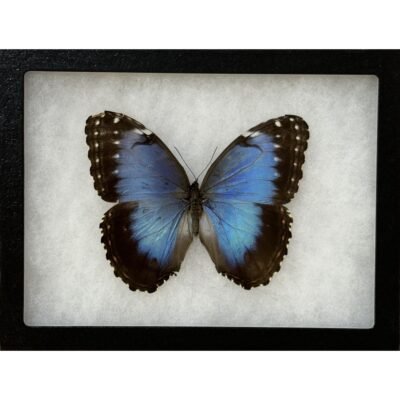
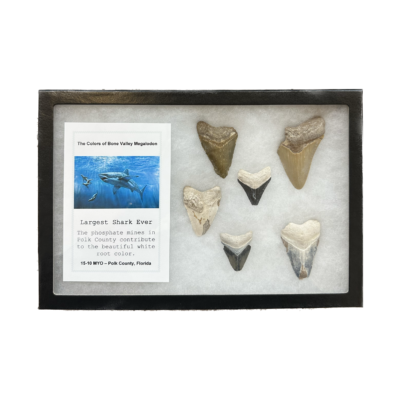
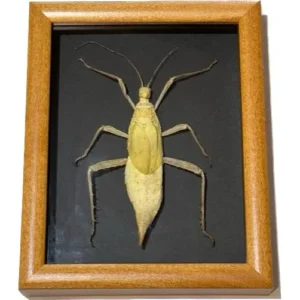
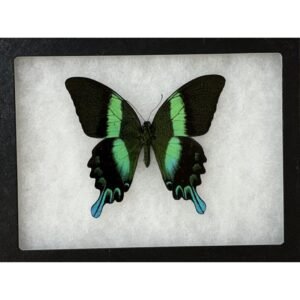
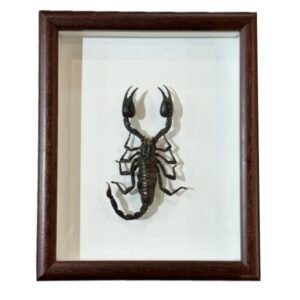
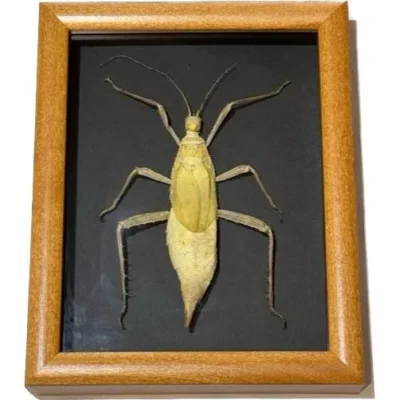
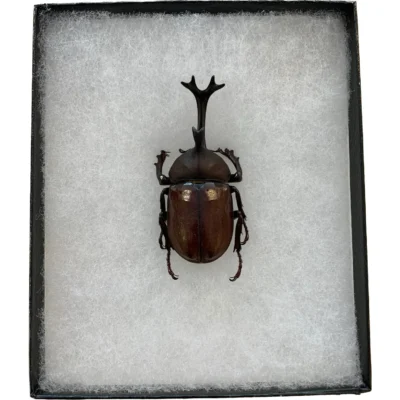
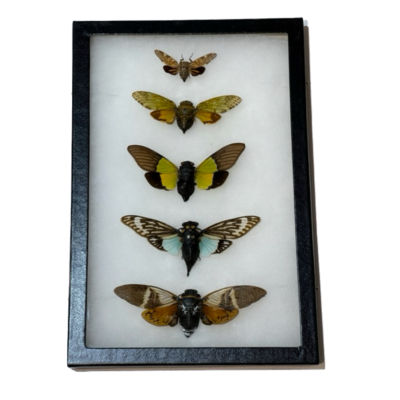
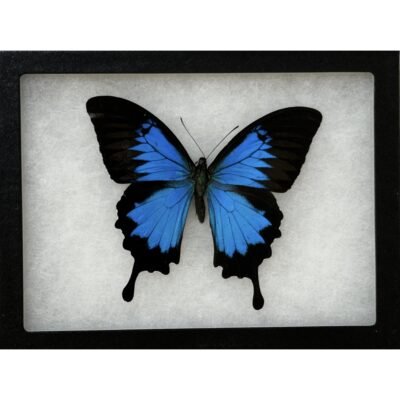
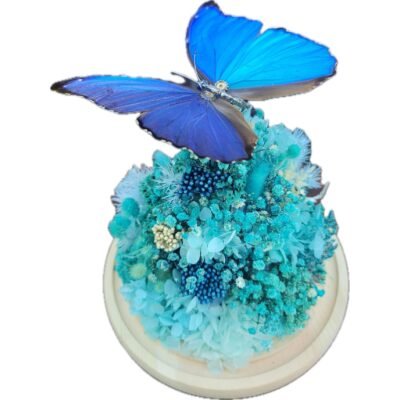
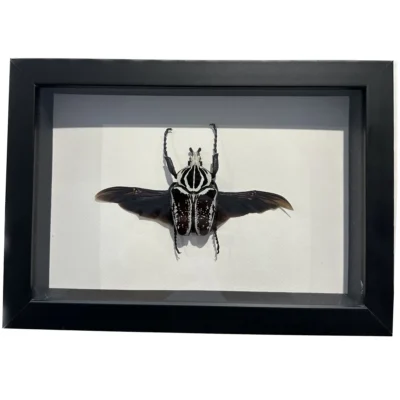
There are no reviews yet.